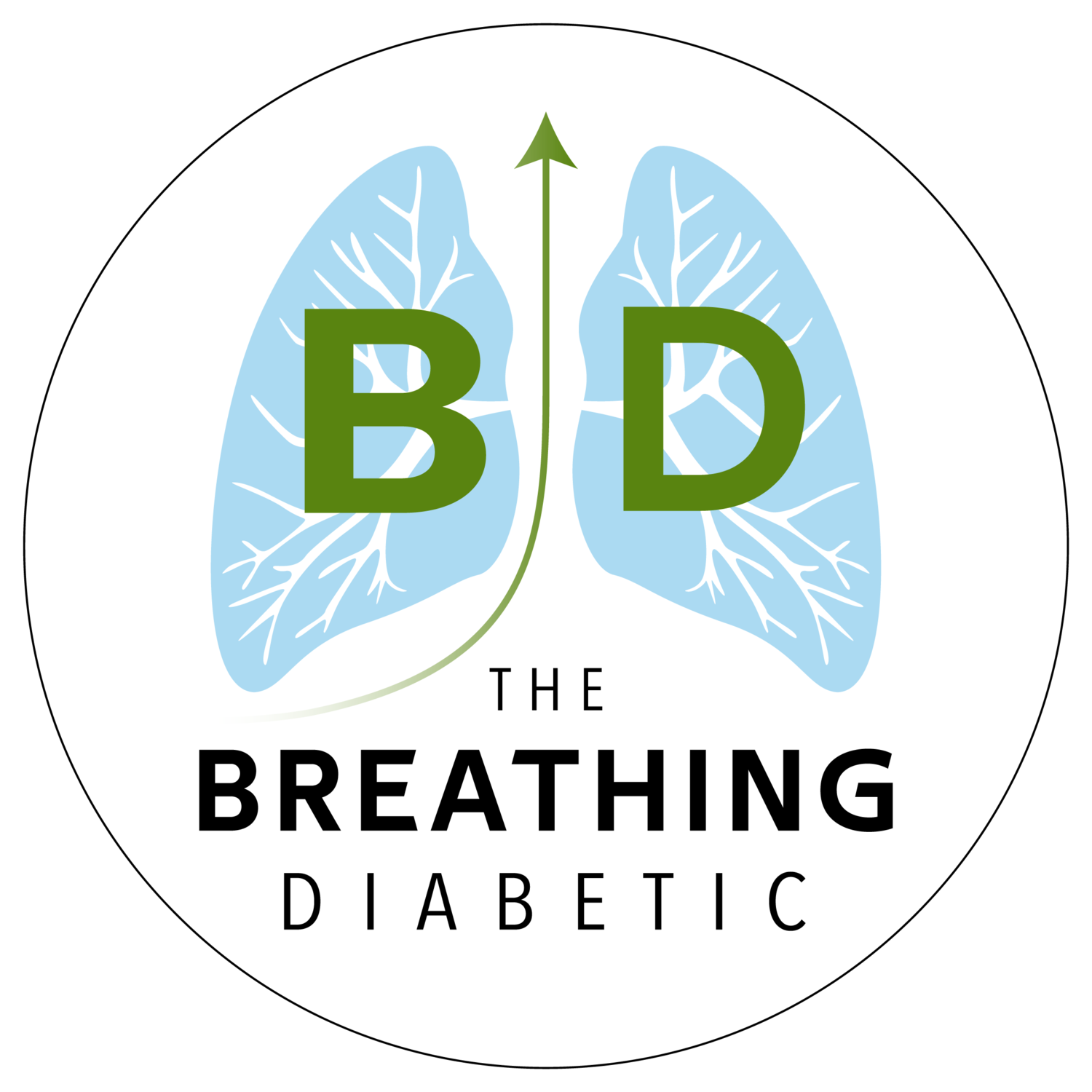I am clearly a big fan of theory. I love to read and learn how things work (especially breathing). And since you are reading this, I am guessing you do too.
Something I constantly struggle with is the balance between theory and practice. I get joy from reading, but everything I learn would be useless if I did not practice it.
Which begs the question: What is more important, theory or practice? Where do you draw the line between theorizing and practicing? Let’s go back a couple thousand years and see what a philosopher named Musonius Rufus can teach us (my bold for emphasis):
“Theory which teaches how one must act assists action and logically precedes the practice, for it is not possible for something good to be accomplished unless it is accomplished in accordance with theory. But as a matter of fact, practice is more important than theory because it more effectively leads humans to actions than theory does.”
So we need theory to guide our practice. We need sound principles and a foundation based on science. But practice requires action, and action is where we get results.
It’s easy to read a paper and tell you that slow breathing will do this or that. But what’s more important is that you practice and see for yourself. Theory is good, but practice is better.
Let’s use Musonius’ wisdom for inspiration this week. Not just with breathing, but with anything you learn. Use the theory to guide your practice, but focus on the practice.
“Likewise, the man who wants to be good must not only learn the lessons which pertain to virtue but train himself to follow them eagerly and rigorously.”
In good breath,
Nick
P.S. This idea was copied from another one of Brian Johnson’s +1’s. He is one of my favorite teachers. His wisdom helped get me through graduate school and boosted me into my career as a research meteorologist. He is a living embodiment of everything he teaches.
P.P.S. If you don’t know where to start with your breathing practice, I have a “Get Started” page that might help. Or even easier, just spend 5 minutes each morning breathing at 6 breaths/minute. Try it for 5 days and see how you feel.















